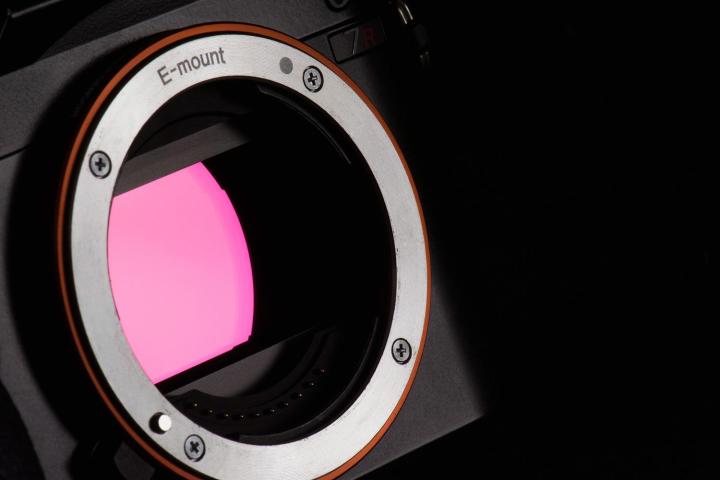
Imaging sensors were responsible for about 55.4 billion yen of the company’s total 157 billion yen, or over a third of Sony’s $1.43 billion profit in the first quarter. Sony is now estimated to be responsible for about 45 percent of the image sensor market, according to DigiTimes.
The record numbers are important to note because just five years ago, Sony was struggling before making the decision to focus on three areas, including image sensors alongside gaming and mobile. According to the latest numbers, that focus appears to be working for the company.
Image sensors are amounting to around a third of the company’s profits — but these numbers don’t count just the sensors inside Sony’s popular cameras like the a7 series and the new a9. Sony attributes much of that growth to the sensors powering smartphone photography, and in particular, dual camera smartphones.
The numbers are also good news for the industry after an earthquake last year near a major manufacturing center in Japan disrupted several imaging companies, delaying camera releases, as the factories that produced those cameras became inoperable due to the catastrophe. Sony was one of several companies affected and the company says its latest numbers show a healthy recovery from the earthquake.
Sony, however, is being careful not to rely too heavily on these new record profits. As more smartphone companies, particular those from brands based in China, move toward using cheaper hardware, the company expects to see a decline of around three percent in image sensor sales.
Sony researchers are responsible for a number of innovations affecting digital sensors, including the stacked sensor that gives the Sony a9 its headlining feature: speed. The company also recently shared the development of a two-millimeter sensor that could bring cameras to smartwatches, a 1,000 fps sensor for robots and autonomous cars, and a prototype sensor that features a built-in polarizer.
If Sony continues in the same pattern, the company could post their best profit margin in about 20 years.
Editors' Recommendations
- This tiny sensor is about to change your phone camera forever
- Sony A7S III hands-on: Confessions of a devout Panasonic user
- Sony’s A7S III is the ultimate 4K video camera, five years in the making
- Sony A6100 vs. Fujfilm X-T200: Best beginner mirrorless cameras compared
- Sony’s ZV-1 is an influencer-targeted upgrade to the best compact camera




